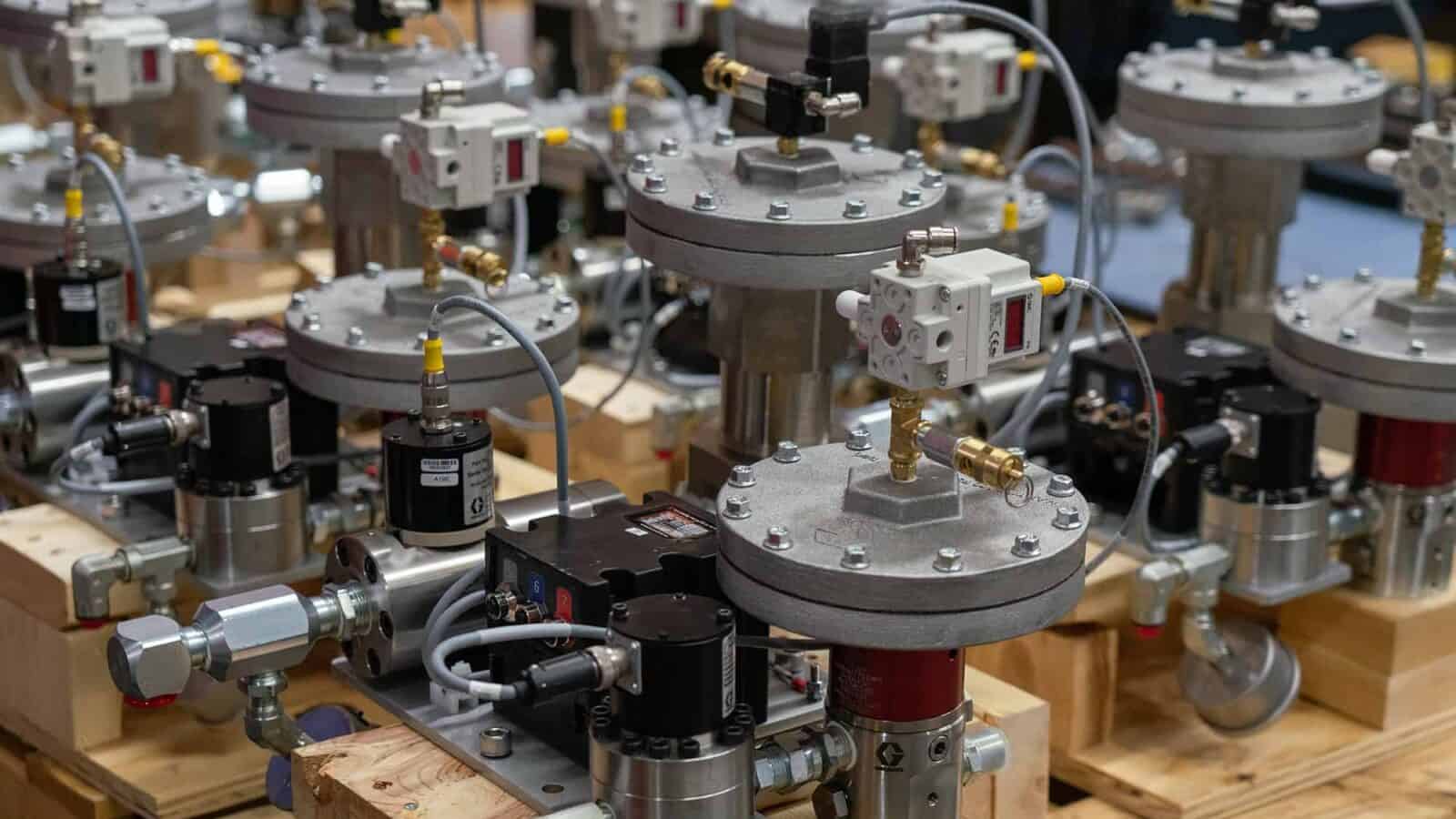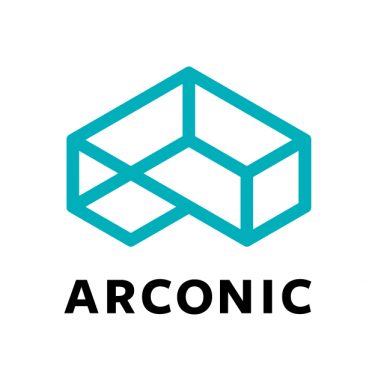
Case Study: Arconic Veterans Network
View the Case Study
DOWNLOAD PDFOverview
Arconic and the Arconic Foundation are represented throughout both national and local efforts to assist transitioning servicemembers. Whether through national training initiatives like Heroes Make America or partnerships with specific military bases, Arconic is deeply involved in building bridges and helping to ease the transition from military to civilian life.
Nearly all of Arconic’s veteran-serving initiatives come from the veteran employees themselves through the company’s long-standing Employee Resource Group (ERG). Empowered through active executive sponsorship, a robust network of regional chapters, and open lines of communication, the Arconic Veterans Network (AVN) gives employees the opportunity to create the workplace and culture that they want and build strong connections to assist other veterans and the military community.
Part of the structure that makes AVN so successful is a simple design that allows ideas to move quickly from conversations at the chapter level to decision makers at the corporate level. For example, if a member of a local chapter wants to support a local nonprofit that offers services to the military community, a request can quickly be discussed at a chapter level and then introduced at the bi-weekly meeting of the corporate ERG. In many cases, a decision about corporate sponsorship can be reached in a small amount of time. The company sets aside a yearly budget for each ERG to pursue exactly these kinds of partnerships and initiatives.
In this way, AVN not only builds relationships between the company and the military community, but also establishes connections throughout the organization, between the executive-level and the plant-level and across all of the company’s locations. This connection is furthered by the participation of the company’s most senior-level executives. Current and past AVN executive sponsors include not only business unit Presidents, but CFOs and CEOs.
Lessons Learned
- Executive sponsorship is key to the initiation and continued success of any ERG. Without long-term commitment and sponsorship from the highest levels of an organization, any investment of time and resources will likely go to waste. These cannot be “flavor-of-the-day” kinds of programs. Part of this is ensuring that the entire organization is aligned on the mission.
- When starting a new ERG, it is crucial to identify the right person to spearhead the program. It must be a person with the passion and willingness to try different ideas. If the company has many locations, choose the first location based on identifying the right individual. Once the right lead has been established, determine what other people and/or resources they will need to create a lasting structure in that location. A chapter may not need any structure beyond identifying the right lead, but make sure this decision is made deliberately on a chapter-by-chapter basis.
- Don’t assume that people will show up just because the ERG exists. Membership drives are important and can lead to the development of robust ERGs. An email blast probably won’t get the job done. Get out into the workforce, talk to people, and show the level of commitment. The relationships that will carry the ERG forward can be developed by making a concerted, face-to-face effort.
- Reach out to form relationships and partnerships in the community. In many cases, community organizations will not reach out themselves. No matter how large or small, national, or regional, there is a veterans-related organization that a company can partner with. In many cases, regional or local organizations can have a more direct impact on the community than can national organizations. Make sure there is a budget (it doesn’t have to be big) to help support these efforts and forge partnerships.
- Don’t forget to have fun! There is a social aspect to successful ERGs. Don’t get bogged down in the politics or bureaucracy of group membership or overly-complicated planning. Get a group of passionate people together and see what they come up with. In the end, a successful ERG has members who enjoy getting things done together.
